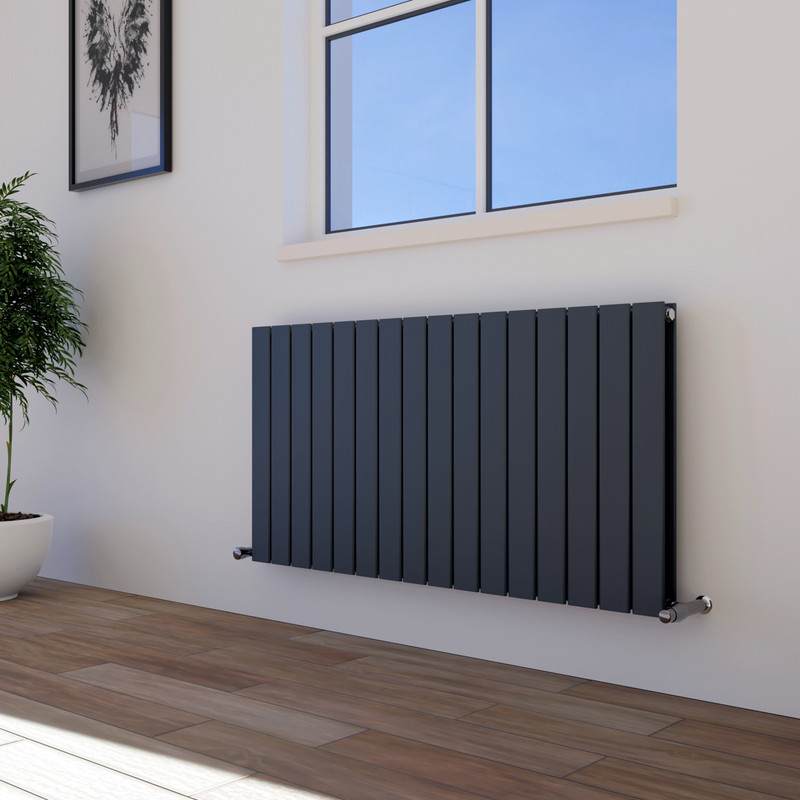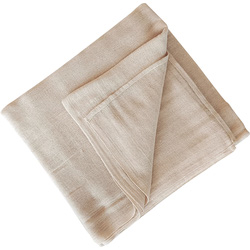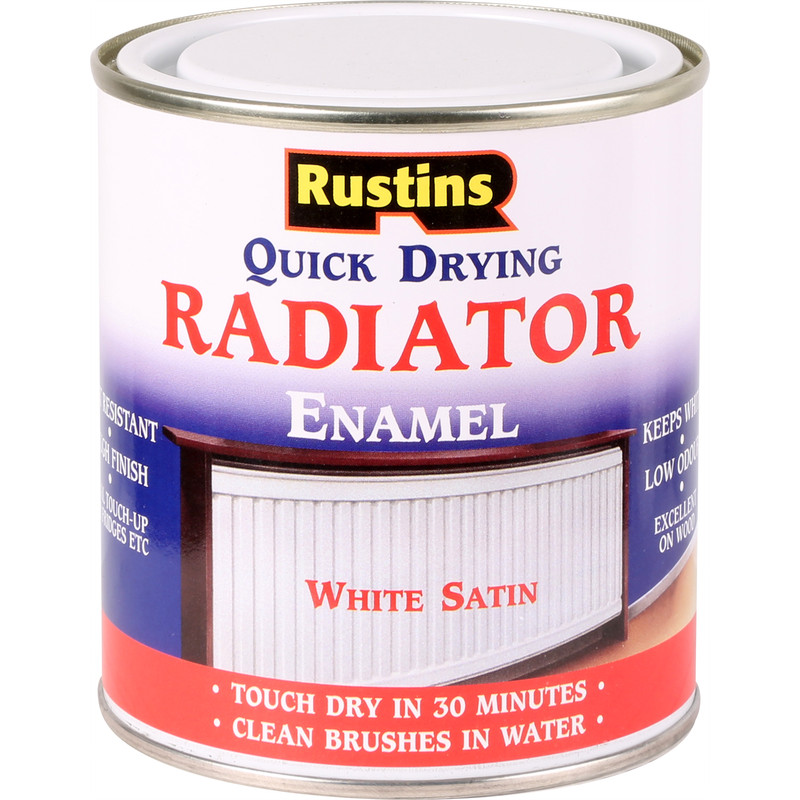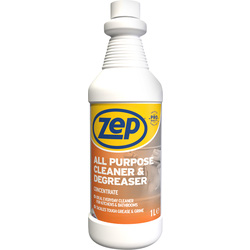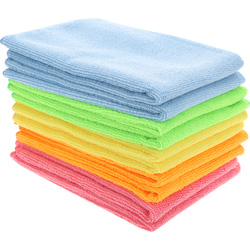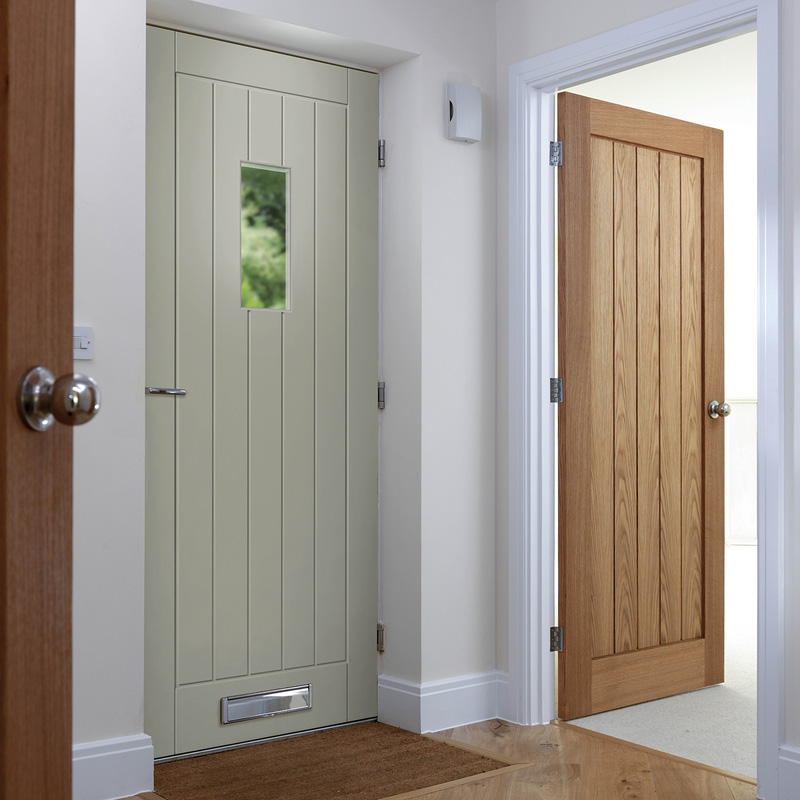A fresh coat of paint on your radiator not only gives it a much-needed refresh, but can even breathe new life into your room. In this guide, we walk you through this simple yet transformative DIY project that promises a stunning outcome.
Essential Tools & Equipment
You will also need a bowl of warm soapy water to help clean your radiators.
Step 1: Prepare the Area
-
Before you begin, protect the surrounding area with a dust sheet to prevent any paint spills or splatters damaging the floor.
Step 2: Turn Off the Radiator
-
Ensure the radiator is turned off to avoid any cracks or blisters in the paint.
-
If your heating was on and the radiators are warm, make sure they’re completely cool before you start.
Step 3: Clean the Radiator
-
Use a degreaser to loosen grease and grime from the surface
-
Follow up by wiping the radiator down with warm soapy water.
Step 4: Sand the Radiator
- Sand any lumps and bumps on the radiator, such as from previous coats of paint, using a coarse or medium grit sandpaper for bigger imperfections.
- Use a fine grit towards the end to make a completely smooth surface ready for painting.
- If the radiator is mostly smooth already, just use a fine grit sandpaper all over.
Step 5: Wipe Down the Radiator
-
Use a dry or lightly damp cloth to wipe down the radiator and remove any sandpaper particles before painting.
Step 6: Start Painting
-
Dip your paint brush into a radiator paint or multi-purpose paint in the colour of your choice, and lightly brush up and down the surface.
-
Make sure to paint in one direction to avoid streaky lines.
-
We recommend you paint the pipes too so you end up with a cohesive, nicely finished look.
Step 7: Apply Second Coat
- After the first coat has fully dried (check manufacturers recommendations for the drying time), lightly sand the radiator to remove any brush strokes and apply a second coat for complete coverage.
- A third coat might be necessary depending on the colour you started with and the colour you’re painting the radiator.

